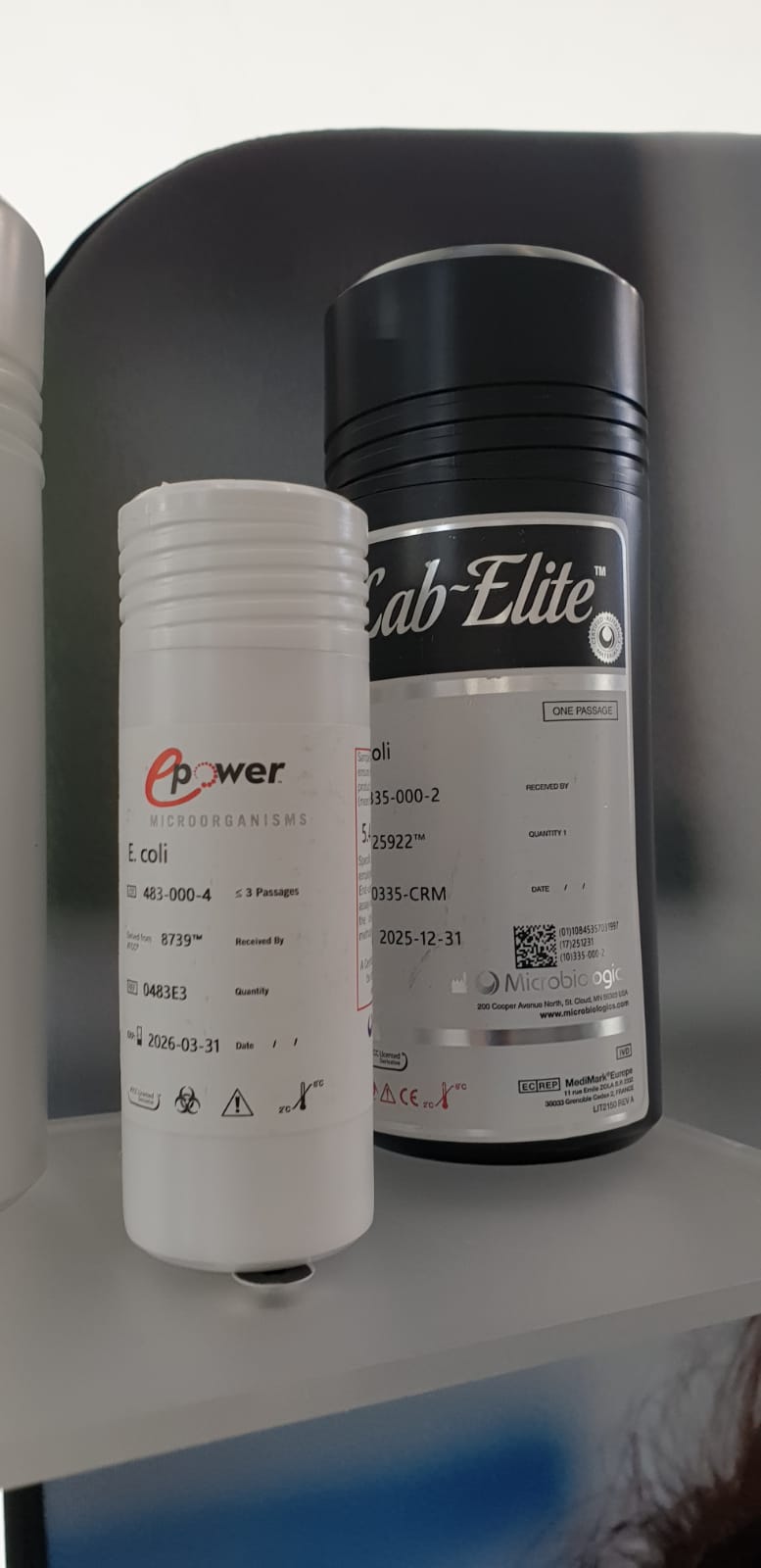Properties
Quality level: 200
Biological source: Escherichia coli (O111:B4)
Form: lyophilized powder
Purified by: ion exchange chromatography
Impurities
- <1% protein
- <1% RNA
Sent in: environment
Storage temperature: 2-8°C
General description
This product is extracted from E. coli serotype O111:B4 and purified by ion exchange. The original strain is from a private collection. This serotype of LPS has been used to stimulate B cells and induce NOS in human hepatocytes.
Packaging
5, 10, 25 mg in a glass bottle
Request
Lipopolysaccharides (LPS) are characteristic components of the cell wall of Gram-negative bacteria. LPS and its lipid A moiety stimulate cells of the innate immune system via Toll-like receptor 4 (TLR4), a member of the Toll-like receptor protein family, which recognizes common pathogen-associated molecular patterns (PAMPs).
Biochemical/physiological actions
Lipopolysaccharides (LPS) are located in the outer layer of the membrane and, in non-encapsulated strains, are exposed to the cell surface. They contribute to the integrity of the outer membrane and protect the cell against the action of bile salts and lipophilic antibiotics.
Preparation note
The product is soluble in water (5 mg/mL) or cell culture medium (1 mg/mL) producing a pale yellow cloudy solution. A more concentrated, though still cloudy solution (20 mg/mL) was achieved in aqueous saline after vortexing and heating to 70-80 °C. Lipopolysaccharides are molecules that form micelles in all solvents. Cloudy solutions are seen in water and phosphate-buffered saline. Organic solvents do not give clearer solutions. Methanol produces a cloudy suspension with floating particles, while water produces a homogeneously cloudy solution.
Symptoms
Signs and symptoms of E. coli O157:H7 infection usually begin three to four days after exposure to the bacteria. But you can get sick as soon as a day after exposure or more than a week later. Signs and symptoms include:
- Diarrhoea, which can range from mild and watery to severe and bloody
- Stomach cramps, pain, or tenderness
- Nausea and vomiting, in some people
Causes
Only a few strains of E. coli cause diarrhoea. The E. coli O157:H7 strain belongs to a group of E. coli that produces a powerful toxin that damages the lining of the small intestine. This can cause bloody diarrhoea. You develop an E. coli infection when you ingest this strain of bacteria.
Unlike many other disease-causing bacteria, E. coli can cause an infection even if you ingest only small amounts. Because of this, you can get sick from E. coli from eating an undercooked hamburger or from swallowing a mouthful of contaminated pool water. Possible sources of exposure include contaminated food or water and person-to-person contact.
Contaminated food
The most common way to get an E. coli infection is to eat contaminated food, such as:
- Ground beef. When cattle are slaughtered and processed, E. coli bacteria in their intestines can contaminate the meat. Ground beef combines meat from many different animals, which increases the risk of contamination.
- Unpasteurized milk. E. coli bacteria on a cow’s udder or on milking equipment can pass into raw milk.
- Fresh products. Runoff from livestock farms can contaminate fields where fresh produce is grown. Certain vegetables, such as spinach and lettuce, are particularly vulnerable to this type of contamination.
Contaminated water
Human and animal faeces can contaminate groundwater and surface water, including streams, rivers, lakes, and water used to irrigate crops. Although public water systems use chlorine, ultraviolet light, or ozone to kill E. coli, some E. coli outbreaks have been linked to contaminated municipal water supplies.
Private water wells are a major concern because many do not have a way to disinfect the water. Rural water supplies are the most likely to be contaminated. Some people have also become infected with E. coli after swimming in pools or lakes contaminated with faeces.

